Best Cheap Mesh Router Systems in 2020
One of the best ways to get full Wi-Fi coverage in any home is a mesh Wi-Fi system. Mesh systems use multiple small routers to form a decentralized network that can keep Wireless connections strong even in challenging environments. Whether you're looking for something simple or want a lot of features, there is an option for every budget. An excellent option for most people is eero with enough speed for most people with a great setup app and easy expansion options.
Best Overall: eero
Eero is now on its third generation of mesh routers, and they're more affordable than ever. While the older eero Pro router can provide higher speeds, it comes at a cost, and for many people, the upgrade isn't worth it. Three standard eeros can cover up to 5,000 sq ft with their dual-band Wi-Fi 5 (802.11ac) signal. This model eero is recommended only for connection up to 350Mbps, and our testing backs that up with results around 400Mbps.
Each eero router has dual gigabit Ethernet ports on the back that can be used to connect wired devices though one on the base router will be used for an uplink connection. Each node is 3.86 inches across and 2.36 inches tall in a simple white housing. These routers are small enough to easily blend in or conceal out of the way, which is helpful since you will need to put them in areas with poor signal quality.
If you want to expand the system, you can do so with any eero router, including the eero Pro and eero Beacons. Keep in mind, the eero Pro is a faster router and should be connected directly to the modem if you are going to mix and match.
Pros:
- Compact size
- Works with all other eeros
- eero Secure as a security option
- Easy setup with an app
Cons:
- Wi-Fi speeds are lacking
Best Overall
eero (3-pack)
Simple and user-friendly
With eero, you get enough speed for most tasks with consistent coverage, easy setup, and expansion with any eero router.
Best Value: TP-Link Deco M5
The TP-Link Deco M5 covers 5,500 sq ft with three units making it one of the easiest ways to cover an entire home. The Deco M5's AC1300 Wi-Fi speeds are delivered with up to 867Mbps at 5GHz and 400Mbps at 2.4 GHz. This should be plenty of speed for most online activities, including streaming 4K video.
The Deco M5 comes in a round white housing with a radar-like design molded into the top. Dual Ethernet ports on the back let you connect wired devices directly to any Deco. If you want to make sure you have as much speed as possible, you have the option of running an Ethernet cable as a backhaul opening up the full wireless capability to connected devices.
You can use TP-Link's app to set up your network without needing to use a web browser. All Decos work together, so if you already have a Deco setup with another model, the M5 could be used to expand it.
Pros:
- Fast AC1300 speeds
- Sleek design
- Alexa support included
- Works with all other Decos
Cons:
- No WPA3 support
Best Value
TP-Link Deco M5
Solid speed and great coverage on a budget
TP-Link's Deco M5 delivers enough speed for most at AC1300 to your Wi-Fi devices, while three units can cover up to 5000 sq ft.
Most flexible: Linksys Velop
The Linksys Velop has similar specifications to many other cheap mesh systems. Still, it has a couple of excellent features that set it apart, starting with its compatibility with the rest of Linksys' Velop routers. This makes it an excellent candidate to expand an existing Velop mesh. Evey on its own, it has enough speed for most at AC1300 with 400 Mbps at 2.4GHz and 867Mbps at 5GHz. Around back, there are two Ethernet ports on each unit for each wired connectivity.
Each Velop can cover up to 1,500 sq ft, which is about what you would expect, given its size at 5.55 inches tall and 3.1 inches wide and deep. Still, it has an excellent design that lets it fit in with modern hardware.
Pros:
- Fast AC1300 speeds
- Futuristic design
- Works with all other Velop routers
- Easy app setup
Cons:
- No WPA 3 support
- Large size
Most Flexible
Linksys Velop
Expand with any Velop
Linksys made sure all of its mesh routers worked together, making the Velop a great way to start or even expand a Linksys mesh.
Compact Coverage: AmpliFi Instant
What the AmpliFi Instant System lacks in raw speed, it makes up for in coverage and even with its tiny housing. At AC1200 speeds, broken down to 300Mbps at 2.4GHz and 867Mbps at 5GHz, it still has enough speed for most activities, including 4K streaming. It has one open Ethernet port for wired devices on each unit, which is slightly disappointing but won't be an issue for many people.
The AmpliFi Instant comes in a white plastic housing with a LED-lit base when it's connected. On the main router, there is a screen that displays the current connection speed. The Instant is small at 3.92 x 3.85. 1.30 inches; however, it still manages to cover 4,000 sq ft with tow units. If you want something compact with great coverage, the Instant is a great option and can even be set up with a nice app.
Pros:
- Great coverage at 4,000 sq ft
- Tiny footprint
- Easy app setup
Cons:
- Only 1 Ethernet open per unit
Compact Coverage
AmpliFi Instant
Great coverage in a small package
Amplifi covers 4000 sq ft with only two compact AmpliFi Instant routers. The base unit even has a speed display on the front.
Best Tri-band: Linksys Velop Tri-Band
Most inexpensive mesh systems are dual-band, meaning they only have two wireless channels and have to share the fast 5GHz between devices and connecting to the mesh. Upgrading to a tri-band router helps this by adding in another 5GHz band that can be used to communicate with the mesh at full speed while the other is connected to your device. This helps you get closer to your theoretical top speed.
The Linksys Velop Tri-Band is capable of AC2200 speeds, which break down to 400Mbps at 2.4GHz, 867Mbps on the first 5GHz band, and 867Mbps on the second 5GHz band. This system is capable of simultaneous tri-band, meaning it can operate all three bands at the same time. In a dual-band setup, the 5GHz band will often have to alternate between communicating with the mesh and communicating with the connected device reducing total throughput.
Physically, the Velop Tri-Band is a bit taller than the dual-band model coming in at 7.3 inches tall and 3.1 inches wide and deep. Two Ethernet ports are located on the bottom of each node for a clean look when hooked up. This model Velop also supports Linksys Aware which uses changes in the Wi-Fi signal to detect the level of motion in your home without any additional hardware.
Pros:
- Linksys Aware capable
- Fast Tri-band Wi-Fi
- Works with all other Velop routers
Cons:
- Large size
Best Tri-band
Linksys Velop Tri-band
Great speeds and motion detection
The Velop tri-band Wi-Fi is a great speed upgrade if you want to take full advantage of a fast internet connection.
Entry Wi-Fi 6: Netgear Nighthawk MK62
The Netgear Nighthawk MK62 was one of the first affordable Wi-Fi 6 mesh systems available. This system is capable of AX1800 speeds, which break down to 600 Mbps at 2.4GHz and 1200 Mbps at 5GHz. While these speeds aren't too crazy for Wi-Fi 6, it's more than enough for most people. Even if you don't have many Wi-Fi 6 devices in your home just yet, having a stronger backhaul between the two mesh nodes can keep speeds higher than a similarly specced Wi-Fi 5 solution in the same conditions.
Disappointedly, there is only one open Ethernet port on each unit for wired devices, meaning though many people are moving to an all-wireless home and won't be negatively affected. Still, if you want to add more wired options, you can add a switch to your setup.
Two units cover around 3,000 sq ft, which is pretty good considering the housing is only 4.8in wide and 2.5 inches tall, and there are no external antennas. The MK62 only comes in black to match the rest of the nighthawk line.
Pros:
- Improved coverage with Wi-Fi 6
- Compact size
- Easy app setup
Cons:
- Only one open Ethernet port
Entry Wi-Fi 6
Netgear Nighthawk MK62
Wi-Fi 6 in a small package
Get your mesh ready for the next generation of Wi-Fi with the Nighthawk MK62. With AX1800 Wi-Fi, there is enough speed for most.
Bottom line
Mesh networks have been a popular Wi-Fi option for a couple of years, but it was hard to justify the extra cost and hardware. With the number of internet-connected devices in our homes increasing all the time as well as the demand for consistent speed, mesh systems make more sense than ever. The mesh you choose to build mostly comes down to what options you want to keep for future expansion and how many extra features you need.
For most people, there isn't much need for advanced features and settings on a router. It just needs to work. The third generation eero stays focused on the features most people find essential and streamlines everything else. Even so, you still get some solid options such as port forwarding and the ability to set up custom IP ranges. Setting up an eero mesh is one of the easiest ways to improve your coverage thanks to an easy-to-use app and automatic software updates.
Credits — The team that worked on this guide
![]()
Samuel Contreras When Samuel is not writing about networking and carriers, he spends most of his time researching computer components and obsessing over what CPU goes into the ultimate Windows 98 computer. It's the Pentium 3.
from Android Central - Android Forums, News, Reviews, Help and Android Wallpapers https://ift.tt/32ddUqj
via IFTTT


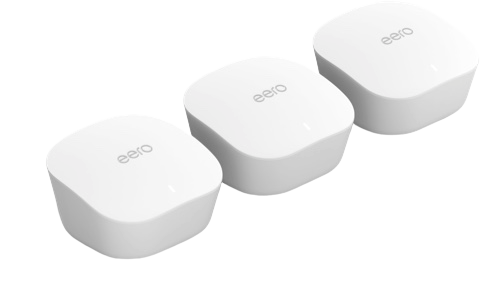

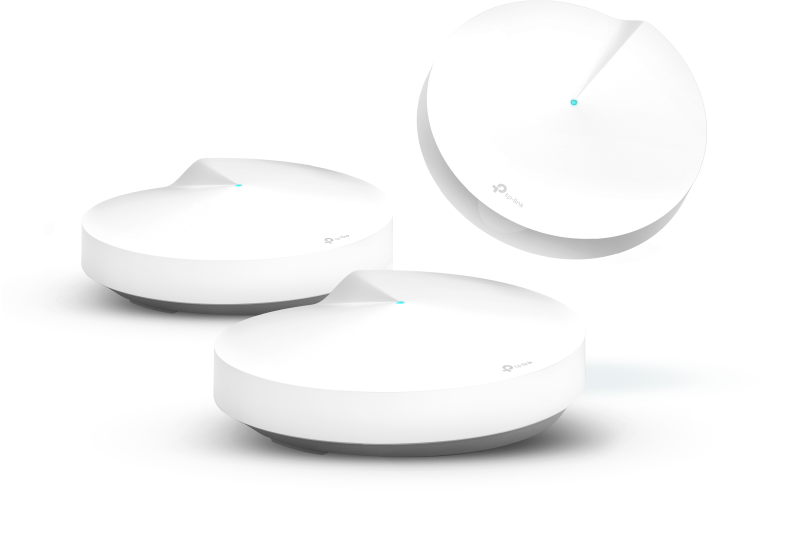
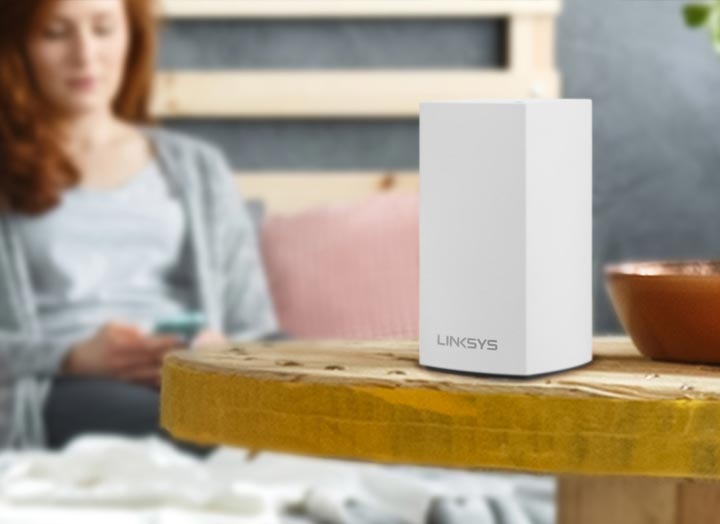



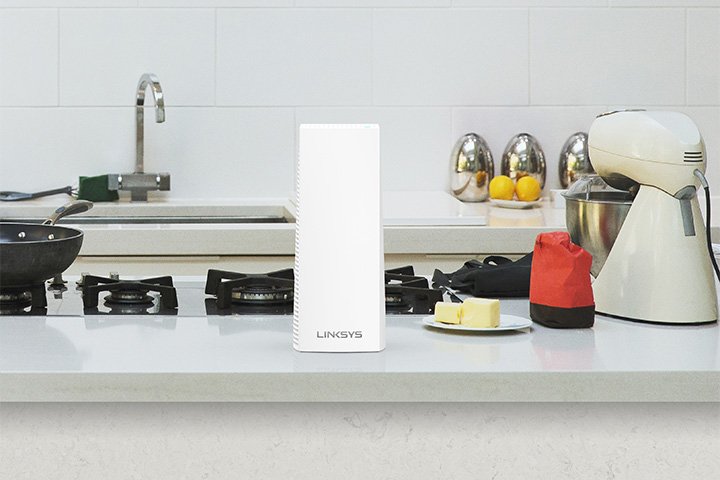

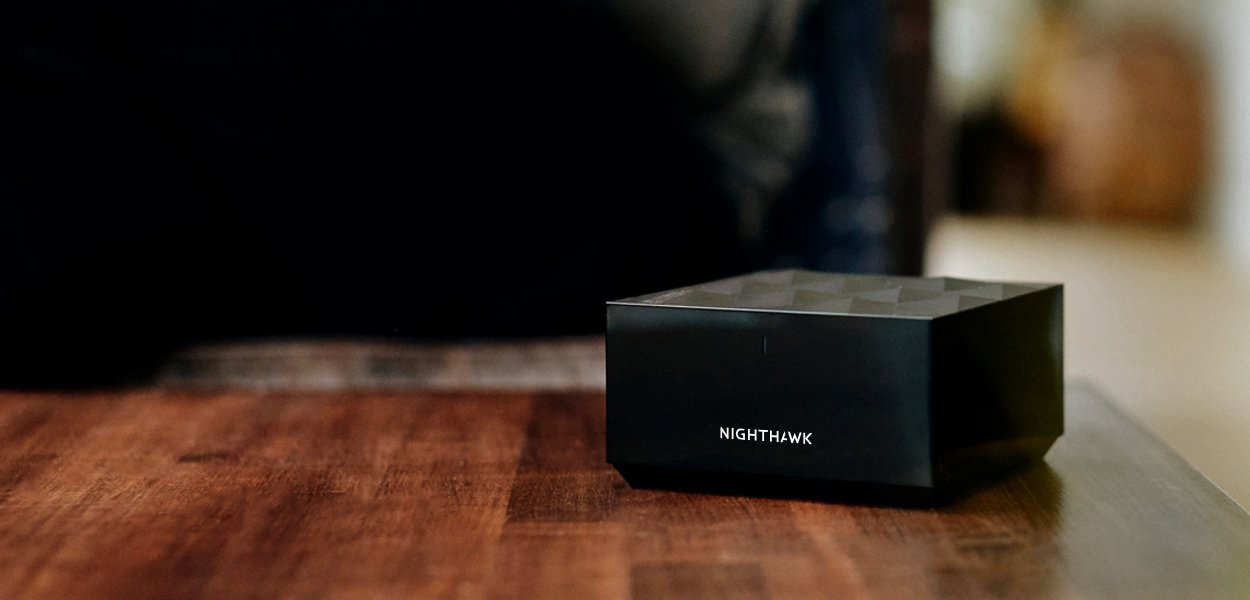

Aucun commentaire: